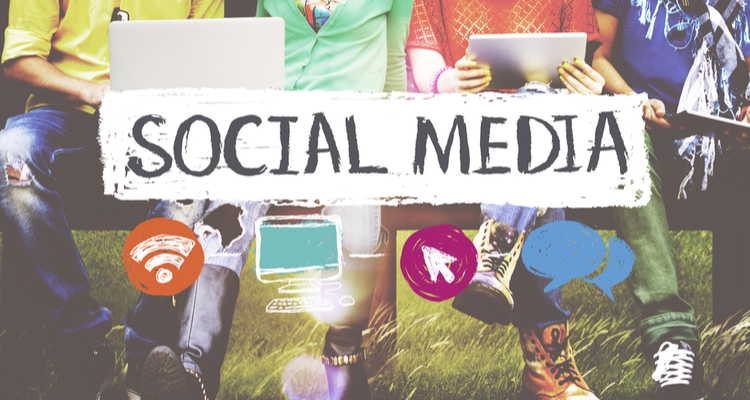
Photo Credit: Shutterstock
There is a certain sense of empowerment that comes from knowing that you have tens of thousands of followers on Twitter, a few thousand friends on Facebook, and thousands more followers and fans on other social platforms like Instagram. But ask yourself a simple question: How many of those followers are really “friends”?
Chances are, the number of people that you really consider to be friends – the types of people that you can count on during an emergency or that you’d trust watching your kids – is only an incredibly small fraction of that number. And that may be why new social media platforms that are based on having only a relatively small number of friends are having such a moment right now.
Social media platforms for small groups of friends
One good example are all the private messaging apps like Whatsapp, which are designed only to be used with a relatively small circle of friends – the types of friends who you don’t mind sending you a quick message at any time of the day or night.
Another good example is Snapchat, which is designed to be more of a shared experience among a close group of friends rather than a pure broadcast medium like Twitter. When you’re sending people snaps of your daily life, you’re probably not sending them to complete strangers who might have liked one of your blog posts from a few years ago.
And, finally, consider Swarm (formerly known as Foursquare). Despite its name, which would seem to signify the importance of the crowd, it’s now being redesigned as a much more introspective social media platform in which you can relive important moments in your life that you shared with someone else. The average number of friends for any user on Swarm, says Swarm CEO Dennis Crowley, is five.
The Dunbar Number
That number may sound alarmingly low (someone call in the marketers – we need to buy some followers, stat!), but it actually lines up surprisingly well with the findings of evolutionary anthropologists such as the legendary Robin Dunbar of the University of Oxford. If you’ve been in the social media game for a while, you might recognize the name: he helped to popularize the Dunbar Number, which is the theoretical limit of the number of friends that people can have.
The Dunbar Number varies from person to person, but the maximum number of friends that you can have at any point in time is pretty much capped out at 150. (Dunbar based this number on studies of the human brain) And even that number is high, because those people are really just “casual friends” – the kinds of people you say “hi” to each day, without really knowing what’s happening in their lives. The number of people you would invite to a social event like a group dinner would only be about 50, the number of people that you could confide in (say, after breaking up with your girlfriend or boyfriend) is closer to 15, and the number of very close friends (your entourage, your posse, your crew) is just 5. Think about that for a moment: just 5 people.
Why social platforms may not scale past a certain point
At one time, it was thought that social media platforms like Facebook would enable humans to break through their theoretical Dunbar Number. Maybe machines, computers, and mobile devices would expand the power of the human brain and make it possible to keep up with more than 150 people at one time!
Well, that thinking may be headed for the dustbin of history. We now know the truth – social platforms like Instagram and Twitter may be great for amplifying our opinions of ourselves, or for broadcasting news to a large group of people at one time, but there may be an evolutionary limit to how many of those fans, followers and acquaintances can actually become friends.